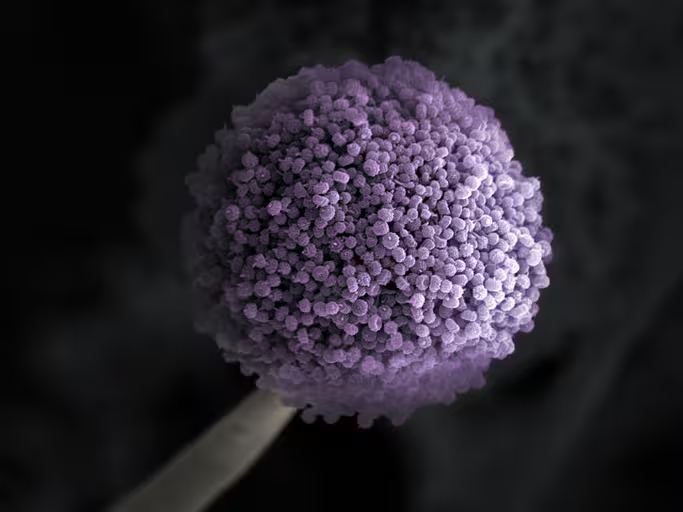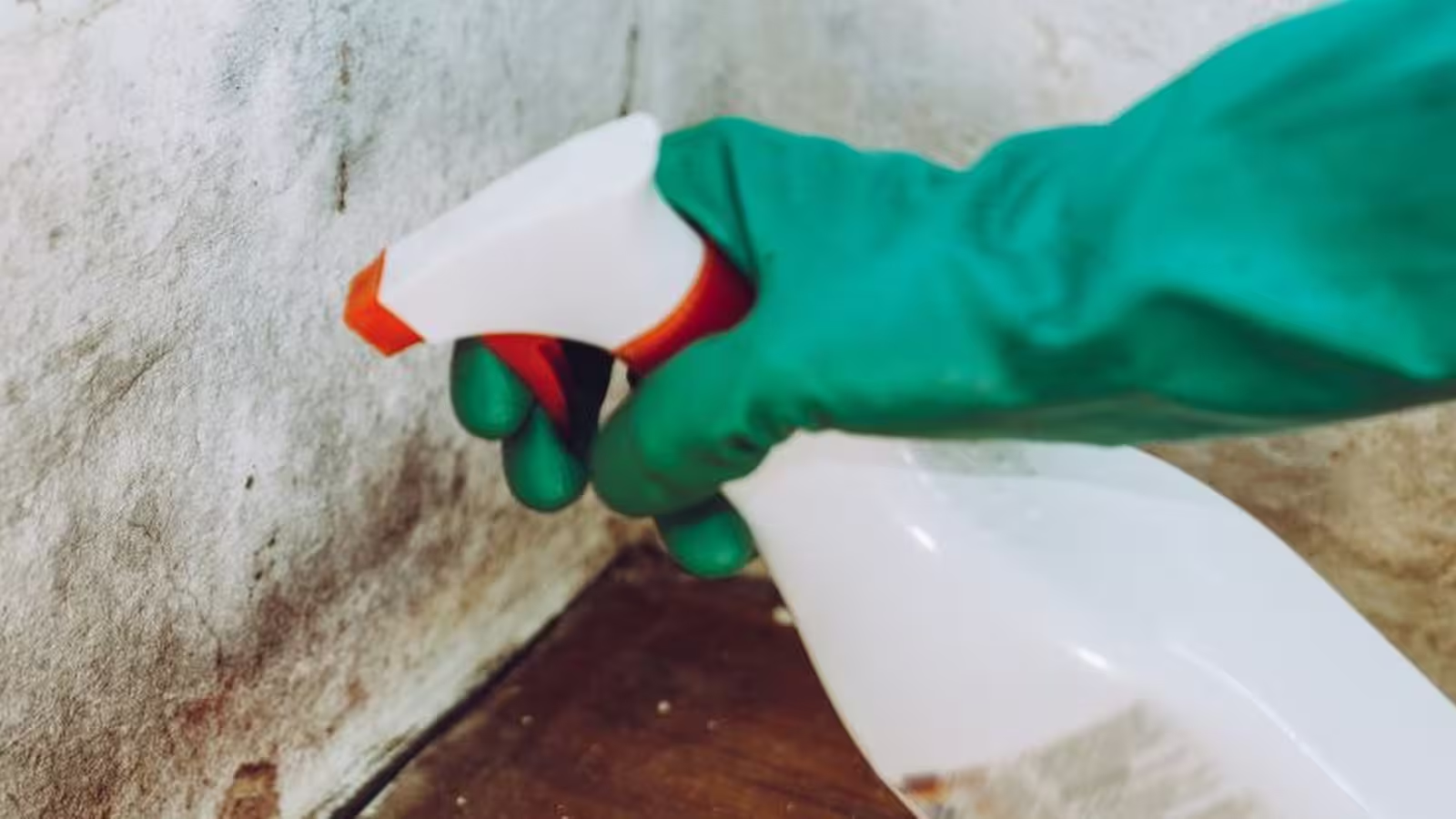4 Minutes
Understanding Black Mold: What Is It and Where Does It Grow?
Mold is a broad term for a vast group of fungi that thrive in environments with excess moisture. In households, the type commonly labeled as "black mold" draws significant attention for both its appearance and reputational health hazards. This label, however, generally refers to Stachybotrys chartarum, a species notorious for its dark, patchy growth on damp walls, ceilings, and other building materials.
Despite widespread fear, it's important to note that black mold isn't a single fungus, but rather a descriptor for several darkly pigmented molds. Among them, S. chartarum stands out in scientific literature and is frequently cited among the most concerning fungi in indoor air quality research.
The Origins of Black Mold Fears: Debunking Toxicity Myths
The reputation of black mold as a deadly indoor contaminant can be traced to reports from the 1990s, when a cluster of rare hemorrhagic lung disease cases in infants was linked to mold-contaminated homes. Specifically, attention focused on the toxins—or mycotoxins—produced by S. chartarum. Mycotoxins are compounds naturally synthesized by several fungi, thought to defend against competing microorganisms.
Stachybotrys chartarum is known to generate various mycotoxins, such as roridin (which disrupts protein synthesis) and satratoxins (which can cause internal bleeding, including in pulmonary tissues, in high concentrations). However, scientific scrutiny of these events revealed major flaws: spore concentrations were overestimated, and subsequent corrected analyses failed to conclusively associate black mold exposure with severe lung disease outbreaks.
Leading experts, including the American Academy of Allergy, Asthma & Immunology, now emphasize that while damp indoor environments are linked to negative health effects, there is no solid evidence that mycotoxins from black mold in residential settings are responsible for acute or life-threatening diseases in otherwise healthy individuals.

How Do Mycotoxins Work and Are They a Real Threat?
Mycotoxins are a diverse array of naturally occurring chemicals produced by various fungi, including those that grow on food and in soil (such as Aspergillus flavus and Aspergillus parasiticus), as well as in water-damaged buildings. While these compounds can be toxic when ingested in sufficient quantities, as in some mushroom poisonings, real-world exposure in homes is a different scenario.
Research indicates that for these compounds to cause major health effects, humans would have to inhale or ingest them in substantial amounts—levels far higher than what is typically encountered indoors. Notably, S. chartarum does not readily disperse high quantities of airborne spores; they tend to remain clumped in moist, sticky masses on surfaces. Experimental studies in mice have shown that direct nasal injection of concentrated mycotoxins can damage the lungs, but such exposure levels are virtually impossible under normal living conditions.
What Health Issues Are Actually Linked to Household Mold?
While black mold and other household molds pose limited toxicological risk for most people, they remain a significant trigger for respiratory problems due to their allergenic properties. People with mold allergies can experience exacerbated asthma attacks, sneezing, runny nose, and skin irritation following exposure. Some may develop more severe responses, such as allergic fungal sinusitis, allergic bronchopulmonary aspergillosis, or the rare condition called hypersensitivity pneumonitis—an inflammatory lung disease triggered by the immune system.
For immunocompromised individuals, mold exposure does present an added risk: fungal infections can establish more easily, leading to persistent and sometimes dangerous complications. Typically, minimizing mold exposure and promptly addressing leaks or moisture problems in the home can significantly reduce the risk of these health issues.
Practical Tips for Mold Prevention
- Maintain low indoor humidity (ideally below 50%).
- Fix leaks and water damage promptly.
- Ventilate bathrooms and kitchens regularly.
- Remove visible mold growth using appropriate cleaning agents.
Expert Consensus on Black Mold Risks
Current empirical evidence supports a clear link between household mold exposure and allergic or asthma-related symptoms in susceptible individuals. However, fears over severe, non-allergic illnesses caused by black mold mycotoxins are not substantiated by robust scientific data. The real danger lies in letting mold growth persist, which can degrade indoor air quality and trigger respiratory discomfort, especially among children, the elderly, and those with pre-existing respiratory conditions.
Conclusion
In summary, black mold remains a concern for indoor health primarily due to its ability to aggravate asthma and provoke allergic reactions—not because it releases high levels of deadly toxins in the air. Scientific research continues to monitor potential risks, but current understanding points to appropriate moisture control and remediation as the most effective health protection strategies. Homeowners and building managers should focus on prompt mold management and ventilation to safeguard indoor environmental quality, rather than succumbing to unfounded fears of toxic exposure.
Source: theconversation



Comments